1. Hummel Figurines
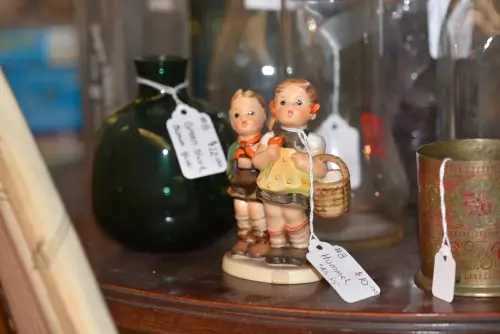
Hummel figurines were once a staple in display cabinets, especially in mid-20th-century homes. Their mass production, however, means supply greatly outweighs demand. Collectors who bought them at premium prices decades ago often find they can’t even sell them for a fraction of what they paid. Sentimental value is high, but market value is very low.
What hurt Hummels most was oversaturation. They were marketed as limited editions, but “limited” often meant hundreds of thousands of pieces. This destroyed scarcity, which is key to collectibles holding value. Unless a figurine is exceptionally rare, the resale market is stagnant.
2. Victorian Furniture
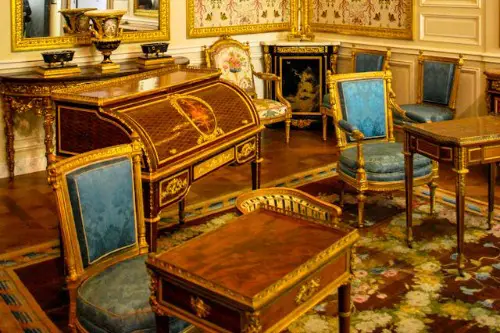
Victorian-era furniture looks ornate and regal, but the market for it has softened dramatically. Younger buyers find the pieces too bulky for modern homes, which limits resale potential. While a carved mahogany armoire might have commanded high prices in the past, today it’s more likely to sit unsold in an antique shop. Collectors often pay thousands, only to realize there’s little demand when they try to sell.
The trend toward minimalist and mid-century modern interiors has left heavy Victorian pieces behind. Even wealthy collectors tend to shy away from them, preferring more adaptable styles. Shipping costs only add to the problem, making resale less attractive. Unless a piece is museum-quality, it’s unlikely to regain its former value.
3. Depression Glass
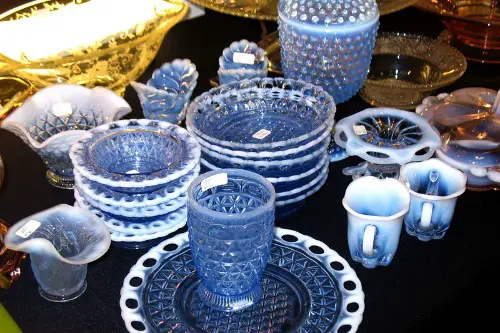
Depression glass, made cheaply during the 1930s, used to be popular among collectors for its cheerful colors. Unfortunately, millions of pieces were produced and survive in good condition, which keeps values down. Collectors who pay a premium often assume rarity where there isn’t any. While pretty to display, most pieces never appreciate in value.
The exceptions—very rare colors or patterns—are few and far between. Most glassware seen at flea markets or estate sales is common. Buyers frequently overestimate the future value, only to be disappointed. It’s a category where nostalgia drives prices more than true scarcity.
4. Beanie Babies
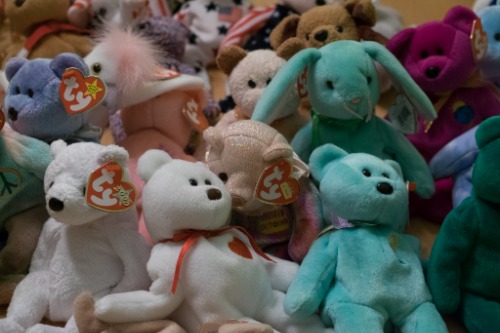
The Beanie Baby craze of the 1990s tricked many people into thinking they were buying investments. In reality, most were produced in the millions, making them anything but rare. Secondary markets once saw outrageous prices, but the bubble popped quickly. Collectors who bought high have been holding stuffed animals that no one wants to buy back.
Even “rare” ones are rarely as rare as people think. Ty Inc. kept releasing new waves, which diluted the brand’s long-term value. Today, only a handful of true production errors or very limited runs fetch more than a few dollars. The rest remain overpaid-for plush toys with no rebound in sight.
5. Silver-Plated Flatware
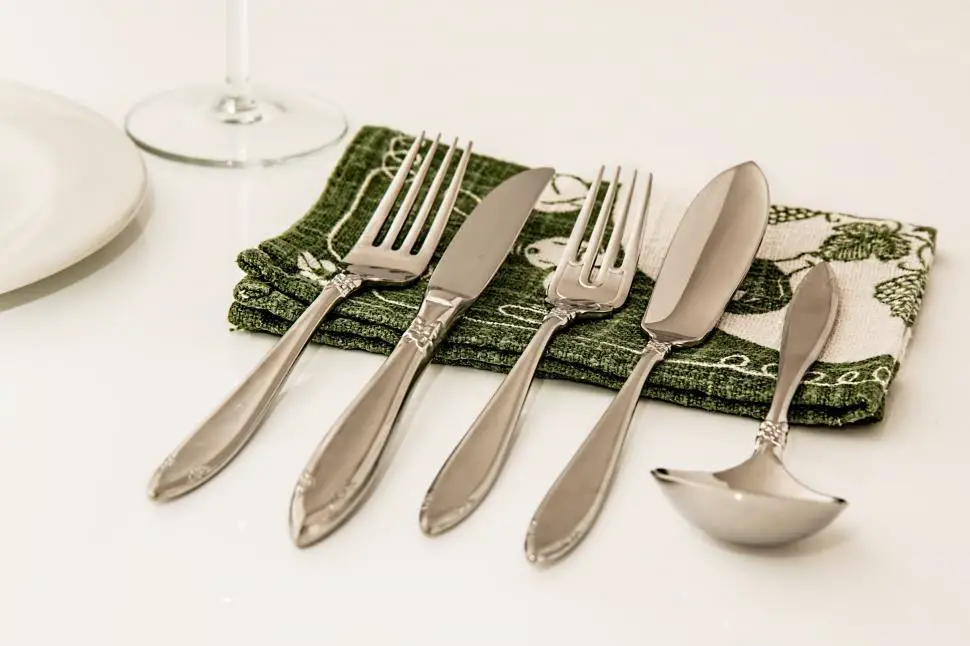
Silver-plated cutlery often looks elegant, but it lacks intrinsic value compared to solid sterling. Collectors who assume silver plating will hold precious metal worth are usually disappointed. Tarnish and wear further reduce appeal, since plating can rub off over time. While they may be beautiful, resale prices remain low.
Sterling silver has melt value to fall back on, but silver-plated items don’t. Even ornate designs are difficult to resell in a crowded market. People often confuse family heirlooms with investment pieces, but antique dealers know the difference. For most buyers, these sets never regain the price they were purchased for.
6. Collector Plates
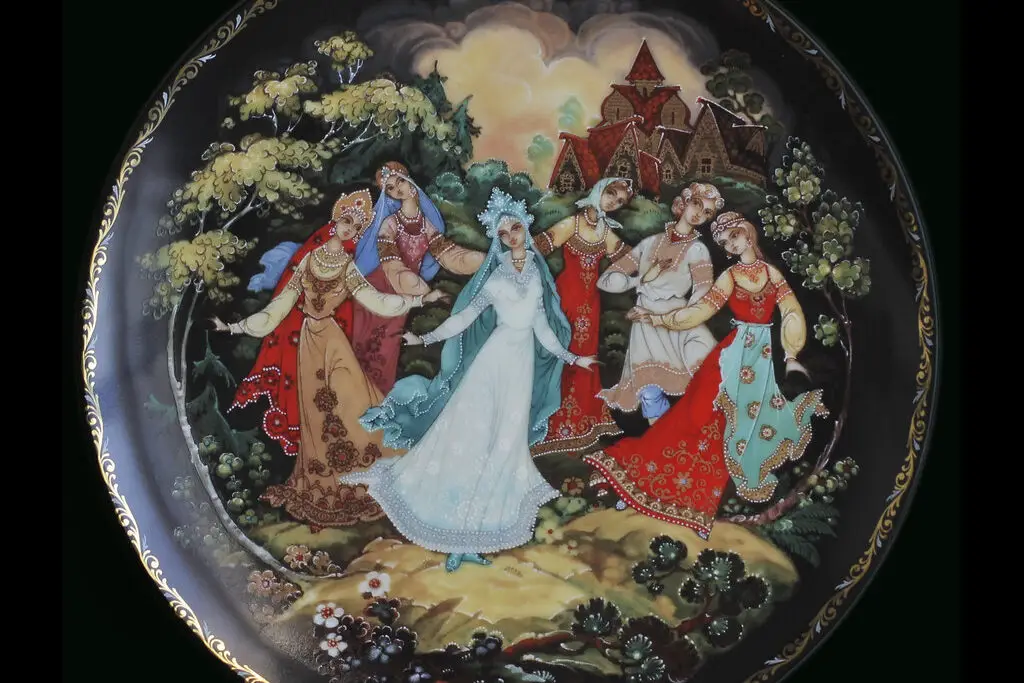
The “limited edition” plate craze of the 1970s and 1980s promised big returns. Unfortunately, companies like Bradford Exchange mass-produced them, creating faux scarcity. Many collectors bought them for investment, but now they often sell for less than $10. The secondary market is flooded, and demand has collapsed.
The main issue is function: plates aren’t practical, and buyers don’t want them taking up space. Younger generations don’t collect them, leaving older collectors stuck with wall-hung decor no one wants. Even mint-in-box sets bring little value. They’ve become a cautionary tale of buying into hype.
7. Pressed Glass

Pressed glass, made using molds, was produced in massive numbers from the 19th century onward. It can look charming, but supply is simply too large to maintain high values. People often overpay for pieces assuming age equals value. Unfortunately, most pressed glass is far from rare.
Unlike blown or cut glass, pressed glass was the “cheap” option of its day. That history translates into today’s resale markets, where dealers struggle to move it. Collectors often think the sparkle equates to worth, but experts know better. Pressed glass usually remains stuck in bargain bins.
8. Antique Sewing Machines
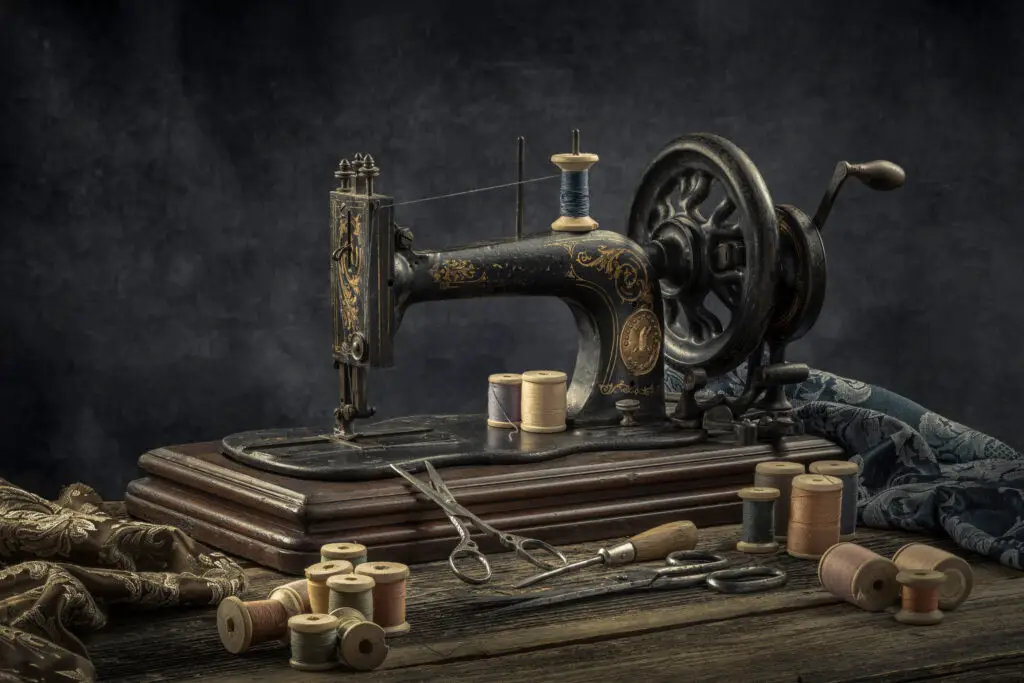
Old Singer sewing machines are beautifully built and collectible in theory. In practice, they’re heavy, plentiful, and not particularly scarce. Many households owned them, and they were built to last, meaning countless still exist. That abundance keeps values low, despite their craftsmanship.
Collectors sometimes pay hundreds, thinking a century-old machine must be valuable. But resale rarely justifies the price, unless it’s an extremely rare model. Even then, shipping costs kill profits, since the machines are so bulky. They’re more sentimental artifacts than appreciating investments.
9. Costume Jewelry
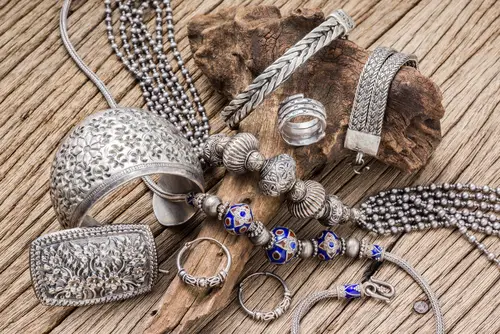
Costume jewelry from the mid-20th century can be stylish, but it rarely retains its price. Unlike fine jewelry, it lacks intrinsic value from precious metals or gemstones. Collectors often pay high for brand names like Trifari or Coro, but resale prices are modest. Fashion-driven demand is fickle and rarely holds steady.
Unless a piece is from a famous designer or has historical provenance, it’s unlikely to rebound. Markets are already saturated with vintage costume jewelry. Many items are well-made, but sheer volume keeps values low. Buyers often mistake decorative flair for investment potential.
10. Antique Radios
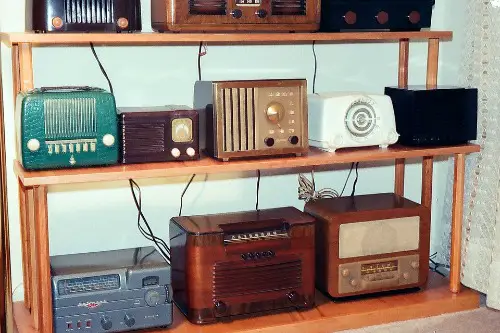
Antique radios look charming and speak to nostalgia, but they don’t sell well. Countless models were mass-produced, and while enthusiasts exist, demand is niche. Many radios also require costly restoration, which discourages buyers. Collectors who overpay rarely see their money back.
Even high-end models often fail to fetch strong resale prices. Shipping adds another layer of difficulty, given their size and fragility. Younger collectors rarely have interest in outdated electronics. Unless a piece is truly rare, antique radios tend to depreciate over time.
11. Antique Trunks
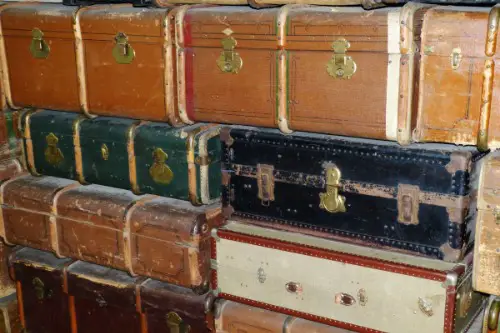
Steamer trunks and travel chests were once prized as decorative antiques. Many buyers paid a premium believing their craftsmanship guaranteed lasting value. The reality is they were made in enormous numbers, and supply is still high today. Unless heavily restored, most sell for a fraction of their purchase price.
Even when refurbished, trunks often struggle to find buyers due to their size and weight. They take up a lot of space in homes that are trending smaller and more minimalist. Many end up relegated to storage or basement corners. For collectors, they’re rarely a profitable purchase.
12. Milk Glass
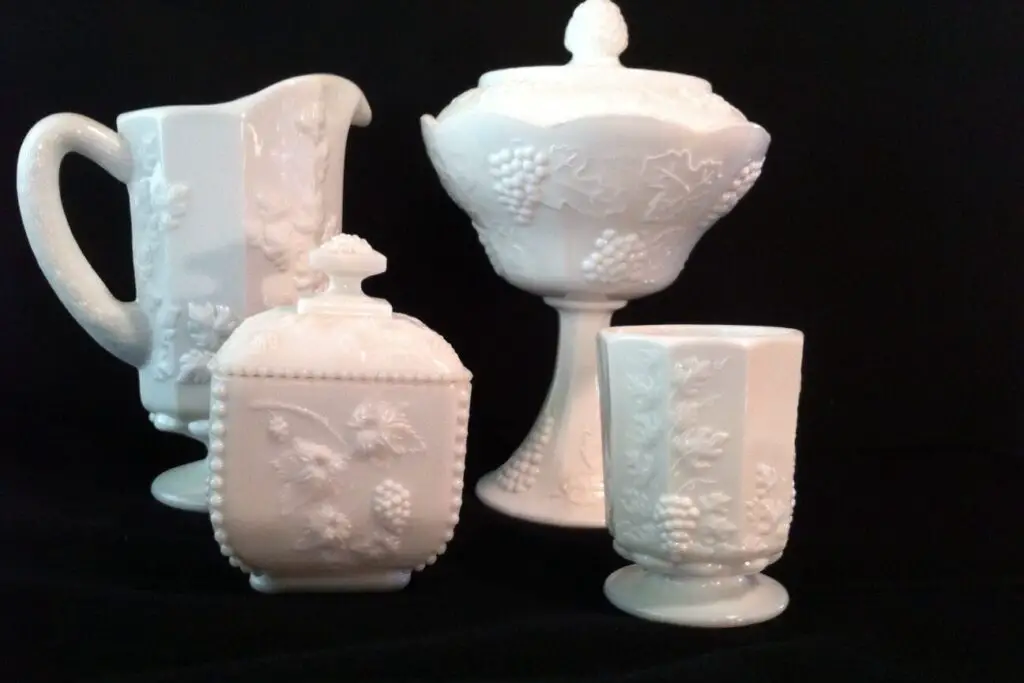
Milk glass, especially from the mid-20th century, was heavily produced and sold in department stores. Its milky white glow was once trendy, but demand has waned. Collectors often overestimate rarity, especially with pieces like vases and dishes. Most are still abundant, keeping values stagnant.
The market sees occasional spikes for unusual colors or designs, but these are exceptions. Standard white milk glass usually sells cheaply at estate sales or flea markets. Even complete sets rarely appreciate in value. Buyers often pay too much hoping for a rebound that never comes.
This post 12 Antiques Collectors Overpay For That Never Regain Value was first published on Greenhouse Black.
